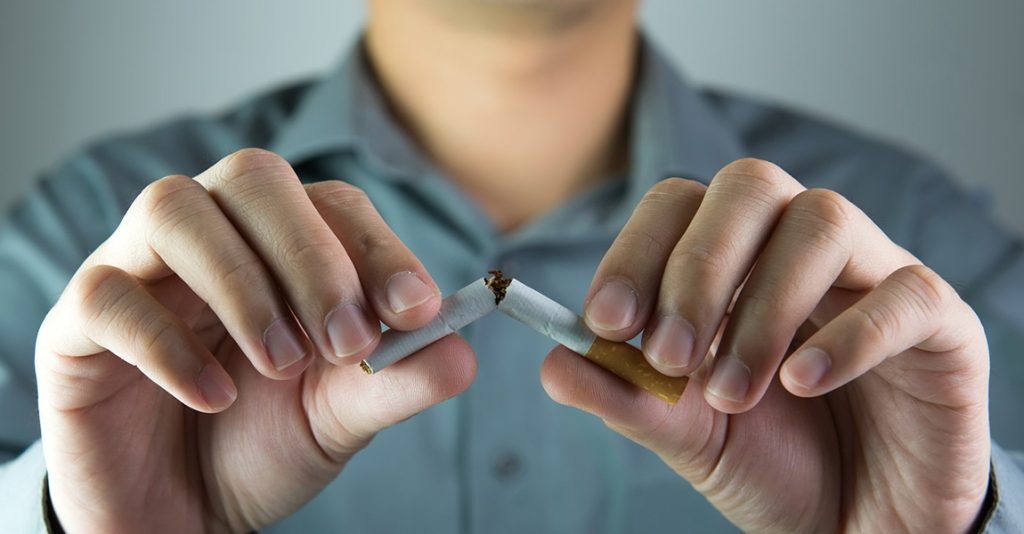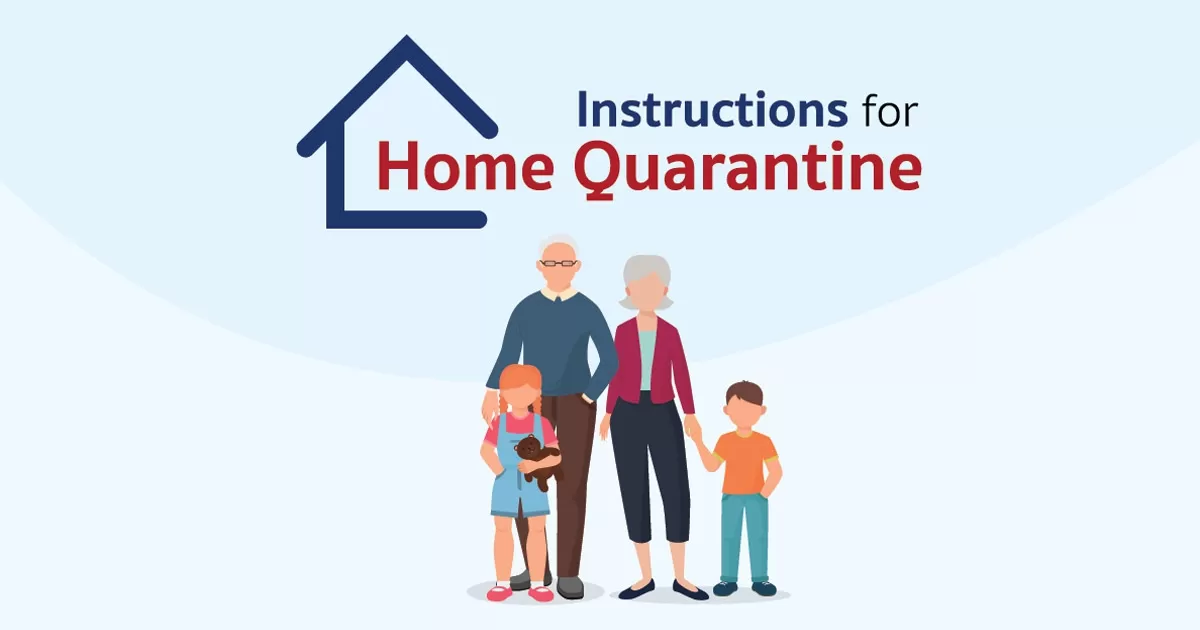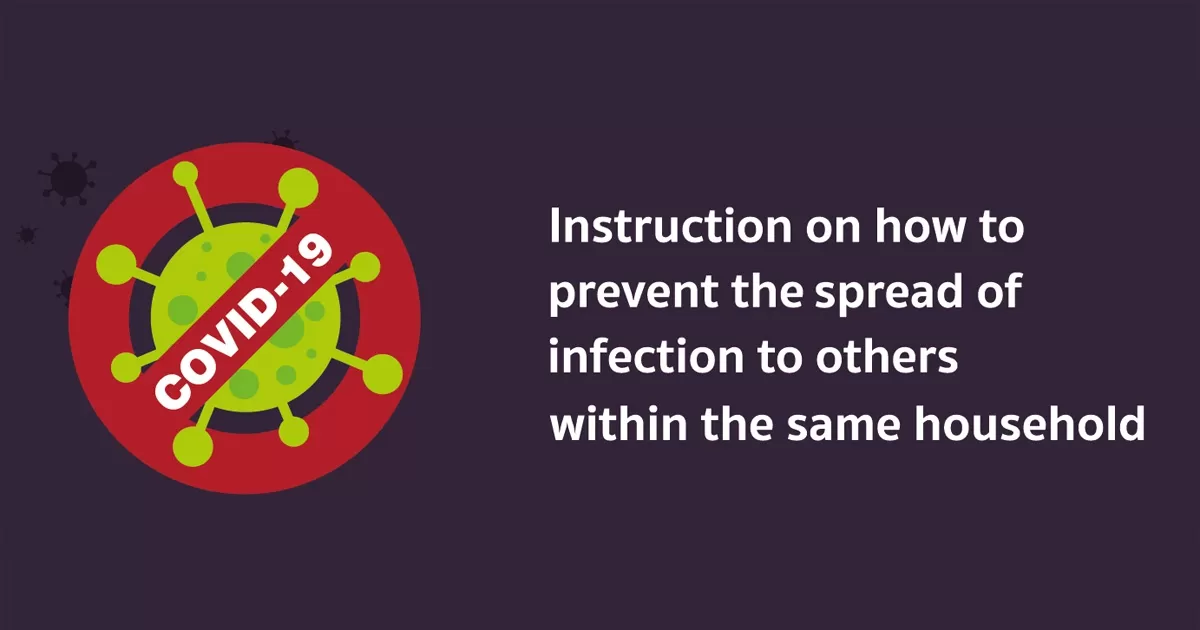
World No Tobacco Day
Home > Health Info > Health Articles

The World Health Organization (WHO) created “World No Tobacco Day” in 1988 and it is celebrated annually around the world on May 31 to draw global attention to the dangers of tobacco, and the social effects and the preventable deaths and diseases.
WHO has also proposed that World No Tobacco Day focus on the role of health professionals in tobacco control (such as doctors, dentists, nurses, pharmacists, and all health-workers).
Tobacco effects:
Doubles the risk of heart disease.
Six times the risk of COPD (Chronic Obstructive Pulmonary Disease).
Ten times the risk of lung cancer.
There are special vaccination instructions for children aged 6 months through to eight years of age as some children require two doses of influenza vaccine. Children in this age group who are getting vaccinated for the first time, as well as some who have been vaccinated previously, will need two doses. Your health care provider can tell you whether two doses are recommended for you.
Toxins in cigarettes
There are approximately 4,000 harmful chemical compounds found in cigarettes. These are divided into three groups.
1. Tar
Tar is the oily material that includes Polycyclic aromatic hydrocarbons. When a smoker inhales, sticky Tar accumulates in the smoker’s lung and that is a cause of cancer.
Nicotine
Nicotine stimulates the brain and central nervous system (CNS) then it depresses the neuro system. Nicotine causes an increase in heart rate, blood pressure, respiration. Nicotine is more addictive than heroin.
2. Carbon monoxide
Cigarette smoke contains high levels of carbon monoxide.
Carbon monoxide binds to hemoglobin in the red blood cell, preventing affected cells from a carrying a full load of oxygen. It can accelerate the laying down of cholesterol on the lining of blood vessels leading to hardening of the arteries and heart attacks.
Carbon monoxide affects the vision and brain response and may become dangerous for drivers and pilots. Carbon monoxide also decreases athletic prowess.
Toxins in cigarettes
There are approximately 4,000 harmful chemical compounds found in cigarettes. These are divided into three groups.
1. Tar
Tar is the oily material that includes Polycyclic aromatic hydrocarbons. When a smoker inhales, sticky Tar accumulates in the smoker’s lung and that is a cause of cancer.
Nicotine
Nicotine stimulates the brain and central nervous system (CNS) then it depresses the neuro system. Nicotine causes an increase in heart rate, blood pressure, respiration. Nicotine is more addictive than heroin.
2. Carbon monoxide
Cigarette smoke contains high levels of carbon monoxide.
Carbon monoxide binds to hemoglobin in the red blood cell, preventing affected cells from a carrying a full load of oxygen. It can accelerate the laying down of cholesterol on the lining of blood vessels leading to hardening of the arteries and heart attacks.
Carbon monoxide affects the vision and brain response and may become dangerous for drivers and pilots. Carbon monoxide also decreases athletic prowess.
The dangers of passive smoking to others. (Secondhand smoke)
Children
Children in a smoking household have a higher incidence of Bronchitis, Pneumonia and Asthma.
Pregnant women
Pregnant women have been shown to be affected by passive smoking including premature birth, hemorrhage, and placenta previa. (Babies born to mothers who smoke have lower birth weight, chronic lifelong disabilities including mental retardation, cerebral palsy and learning problems.)
Spouse of the smoker
The spouse of a smoker has a much higher risk of getting of lung cancer (twice the incidence of a non smoker), heart disease (three times that of a non smoker), sickness and death (four times that of a non smoker). Cigarette smoke causes sore eyes and sore throats, headaches, nasal irritation, coughing and wheezing. Cigarette smoke can also make allergies worse, trigger asthma attacks and increase the chances of getting bronchitis and pneumonia.
Increased chance of lung cancer is real.
Lung cancer is the leading cause of cancer death for both men and women in Thailand.
Early diagnosis of lung cancer can be difficult because the symptoms do not always present aggressively until the cancer is in advanced stages. Late diagnosis results in death within one to two years.
Lung cancer has killed more smokers between 50-75 year old than any other cause.
The length of time one smokes also relates to the risk of lung cancer.
15 percent of all smokers will have lung cancer within 30 years.
The risks for smokers who quit decreases to be the same level as non-smokers within 15 years.
Shouldn’t you quit today?
Guidelines for smoking cessation
Self-encouragement. This technique is the use of personally encouraging yourself to stop smoking, but on its own has a low success rate.
Other methods to stop smoking include using behavioral therapy, group activities, mouthwash (to change the taste of cigarettes), hypnosis, or acupuncture. However, these methods also lack supporting evidence for long term success.
Using of nicotine replacement therapy to reduce physical craving, while stopping smoking. It can provide a motivation and reduce the mental craving by giving the smoker a measured dosage of nicotine.
“Cold Turkey” immediate cessation. Harder initially but good long term results.
Nicotine replacement therapy (NRT)
The nicotine patch and nicotine gum are examples of nicotine replacement. They have similar effectiveness. The method works by giving low nicotine levels to relieve craving symptoms such as irritability, anxiety, loss of concentration, or tiredness. After that, the nicotine level is slowly reduced until zero. It is important that the client must stop smoking when being treated with this program. It will not be successful if the client still smokes while on NRT, and it can be harmful from the nicotine overdose. NRT must be carried out under the supervision of physicians.
Medicine
Currently, there is smoking cessation medicine to relieve nicotine cravings when stopping smoking. Because this medicine contains no nicotine there is no risk of nicotine overdose. However, this therapy must be carried out under the supervision of physicians.
Tips to stop smoking
If you decide to stop smoking, do the following:
Put away all smoking paraphernalia such as cigarettes, ashtrays, and lighters.
Concentrate and brace yourself when feeling frustrated or need to smoke.
Be aware of behavior associated with smoking such as drinking alcohol, answering the telephone.
Choose to eat more fruits and vegetables than ever before.
Remember the reasons why you want stop smoking to remind yourself.
Reinforce your decision every day that “I am stopping smoking”.

Share :



